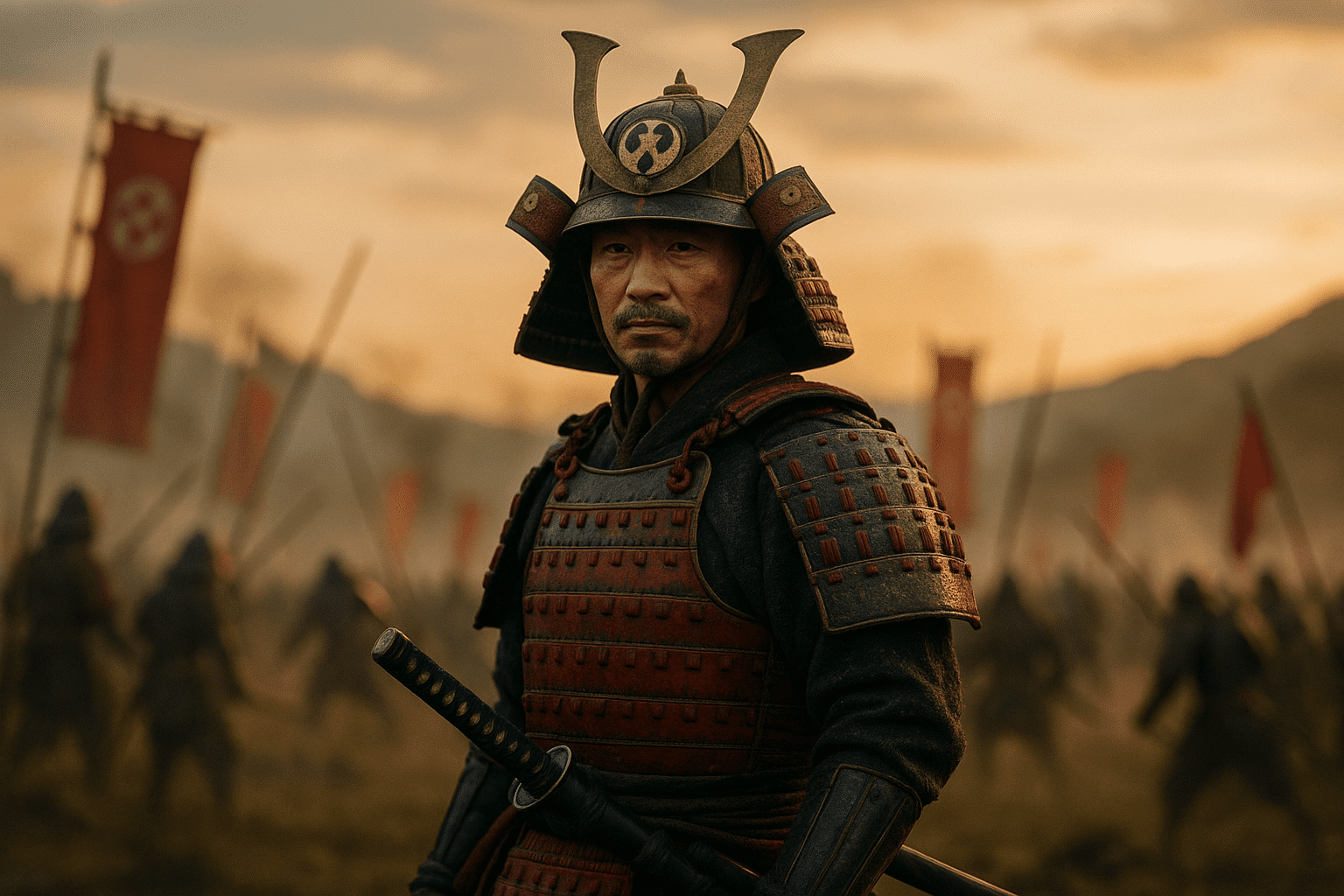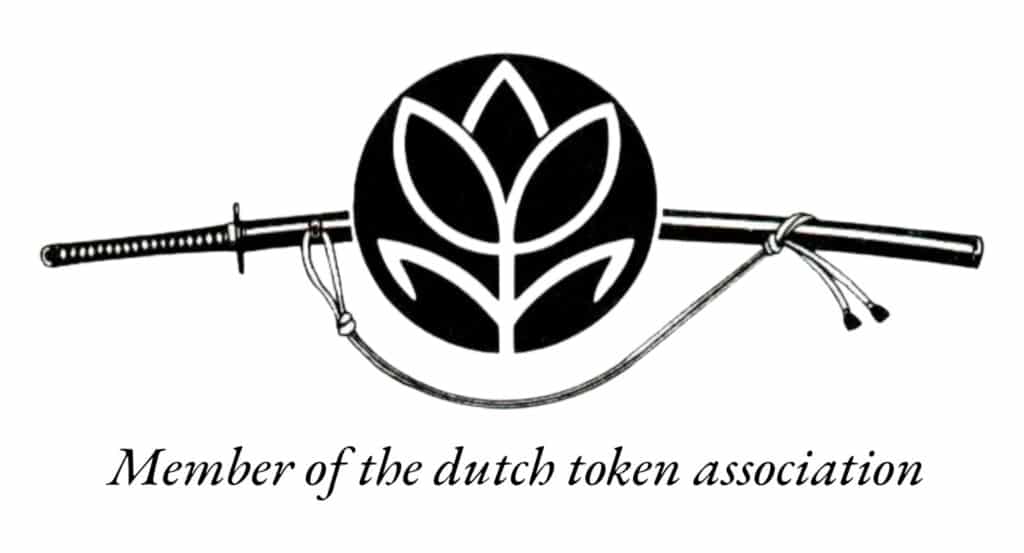The Sengoku Age Begins
In the mid-15th century, Japan entered a turbulent era marked by the decline of central authority. The Ashikaga shogunate’s grip weakened, leaving a void that local warlords—daimyō—were eager to fill. This was the Sengoku period, the storied “Age of Warring States,” where power shifted restlessly through battlefield triumphs, shaky alliances, and dramatic betrayals. Castles soared not only as fortresses but as symbols of hope and ambition. Swords did more than defend—they forged destinies.
Amid relentless struggle, clans competed not just for territory but for legitimacy itself. Military leaders rose to the stature of kings in all but name. Ordinary farmers became year-round soldiers, swept into the ceaseless currents of conflict. It was from this chaos that legends emerged. Among the greatest of these names were the Takeda, renowned for their powerful cavalry and rigorous code. As the long war ignited, Japan’s landscape—political and cultural—would forever change.
Roots of the Takeda Legacy
The Takeda clan took root in Kai Province, a mountainous region whose isolation bred both hardship and strategic strength. From these rugged lands, the Takeda carved out their enduring place in history. They traced their ancestry to the Seiwa Genji, a prominent branch of the mighty Minamoto family, which bestowed the clan with noble status and undeniable legitimacy.
During an age when power was drafted with the blade, the Takeda ascended through steadfast discipline and iron resolve. They refined the twin arts of war and governance, each generation reinforcing the foundation laid by the last. Their deep roots in Kai anchored the clan through generations of turmoil. The loyalty of their retainers and their innovative approaches to land management cemented their control, allowing them to maintain order even as chaos raged beyond their borders.
Distinguished not only by their martial prowess but also by an unwavering code of duty, the Takeda emerged as pillars of stability during a time when few could claim it. This legacy—rooted in lineage, textured by the landscape, and defined by an unyielding sense of purpose—would shape their destiny for centuries.
Takeda Shingen: The Tiger Emerges
Takeda Shingen stands as one of the master tacticians of his age. Born in 1521, he succeeded his father to lead the Takeda clan, wielding quiet authority and exceptional insight. Commanding from the mountainous stronghold of Kai, Shingen transformed a land considered resource-poor into a bastion of strength and stability.
Guided by Sun Tzu’s teachings, Shingen prioritized strategy over mere glory. His iconic battle standard, “Fūrin Kazan”—Wind, Forest, Fire, Mountain—condensed his approach: move swift as the wind, stay silent as the forest, attack fierce as fire, stand firm as the mountain. Tokugawa Ieyasu and Uesugi Kenshin would learn firsthand the might of Shingen’s cavalry, renowned for shattering enemy lines with devastating speed and discipline.
Yet Shingen was more than a warrior; he was a reformer. He modernized roadways, shaped stable laws, and encouraged thriving trade within Kai Province, governing with fairness and vision. Both commoners and samurai respected his justice. Though he never sought the title of shogun, Shingen’s true ambition was plain: to impose unyielding order on a world spinning into turmoil. When he died in 1573, his vision of unity, discipline, and purposeful rule endured, casting a long shadow over generations to follow.
Battles That Defined a Warrior Clan
The Takeda carved their legacy in a series of legendary conflicts that defined not just their fate, but the very spirit of samurai warfare. Among the most storied were the Battles of Kawanakajima, five fierce encounters with Uesugi Kenshin spanning over a decade. The fourth battle in 1561 became iconic—not simply for the clash of swords, but for the discipline on display. The two rival daimyōs, Shingen and Kenshin, even met in single combat, rare and symbolic in the warfare of the era. Though the outcome was indecisive, the battles left an indelible mark, showcasing the Takeda’s stalwart resolve.
Another crucial moment came at the Battle of Mikatagahara in 1573. There, under Shingen’s command, Takeda cavalry overwhelmed the forces of Tokugawa Ieyasu with breathtaking speed and precision. Tokugawa himself narrowly escaped, his life and future hanging by a thread. Yet victory was incomplete, as Shingen’s decision not to pursue decisively would have far-reaching consequences.
These battles revealed the Takeda at their finest: skilled, disciplined, unwavering under pressure. They were contests not only of arms, but of will, terrain, and the intricate timing that distinguishes the mere soldier from the true strategist.
The Fall Under Takeda Katsuyori
With the death of Takeda Shingen in 1573, the mantle of leadership passed to his son Katsuyori. Though he inherited a formidable force and an illustrious name, Katsuyori lacked his father’s measured authority and keen strategic mind. Decisions made in haste and a tendency to dismiss the advice of experienced retainers began to erode the firm foundations Shingen had established.
The external landscape turned hostile just as internal rifts widened. Oda Nobunaga and Tokugawa Ieyasu, powerful leaders united by ambition, moved with calculated intent. The fateful Battle of Nagashino in 1575 marked a turning point: Takeda cavalry, once invincible, was decimated by disciplined volleys of arquebusiers. The aura of Takeda invincibility shattered in a single day.
This devastating defeat set off a cascade of calamities. Allies defected, morale plummeted, and the clan’s domains fell one by one. By 1582, with betrayal from within and overwhelming enemies closing in, Katsuyori’s options vanished. Cornered at Tenmokuzan, he took his own life, bringing an abrupt and tragic end to the Takeda as a force in the land. It was not a sudden fall, but the final act was swift—a testament to how even the strongest legacy can falter without unity and wisdom.
Aftermath and the Shadow of Legacy
The destruction of the Takeda clan in 1582 marked the end of an era, but not the erasure of their influence. Crushed by the combined might of Oda Nobunaga and Tokugawa Ieyasu, and undone by betrayal within their ranks, Takeda Katsuyori’s death signaled the close of the clan’s dominance. Yet, the spirit and legacy of the Takeda refused to fade quietly.
Their military innovations endured—Shingen’s famed “Fūrinkazan” tactics became a template for later generations. Students of war revisited their strategic brilliance, and the standards of discipline they inspired lingered both on and off the battlefield. Samurai once loyal to the Takeda found new service among former enemies, carrying with them the lessons of honor and dedicated service that had defined their clan.
The fall of the Takeda did not diminish their legend. If anything, their unwavering courage and honorable resistance in the face of overwhelming odds only amplified their mythos, weaving them inexorably into the fabric of Japanese history.
What Endures: Honor, Strategy, Simplicity
Though centuries have passed, the lasting influence of the Takeda clan is felt wherever principles of honor, strategic thinking, and disciplined restraint are valued. Their commitment to loyalty was not mere duty, but a freely chosen path that united leader and follower alike. The strategies devised under Takeda Shingen’s banner, once field-tested on mountain plains, now echo in modern spheres—classrooms, boardrooms, and moments demanding wise judgment.
Perhaps even more enduring than battlefield glory was their devotion to simplicity and clarity of purpose. The Takeda practiced discipline—never excess, never indulgence, but just enough to achieve their aims. This restraint became a source of profound strength, teaching their retainers and later generations the value of control.
In the silent bow of respect, the careful measure of words, or the quietly decisive action, the spirit of the Takeda lives on. Their legacy is not the fleeting brilliance of momentary victory, but the unbreakable resolve that endures across the ages. The Takeda’s lesson remains clear: true strength lies in honor, strategy, and simplicity—the virtues that cannot be destroyed, no matter the passage of time.





